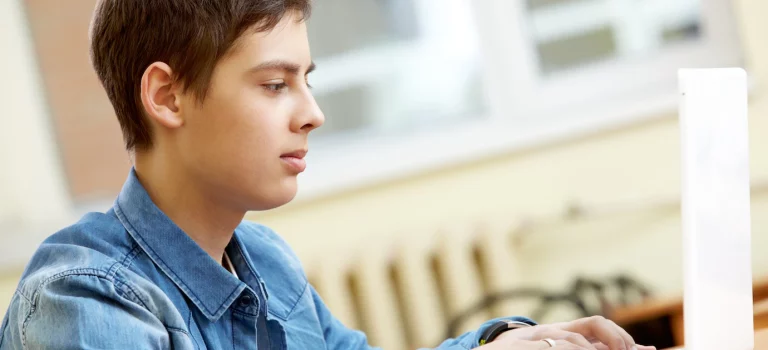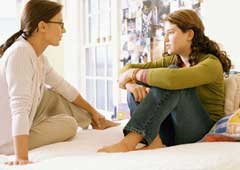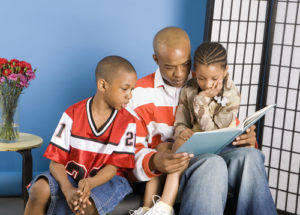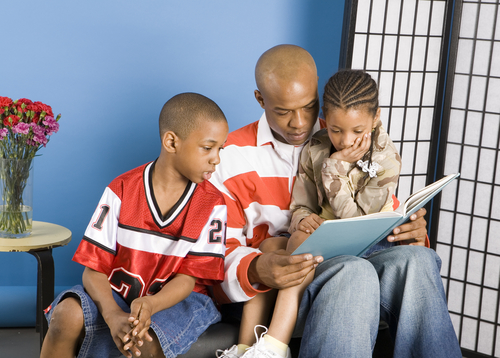A new type of child abuse is on the rise: sextortion.
The National Center for Missing and Exploited Children (NCMEC) says sextortion is “a form of child sexual exploitation where children are threatened or blackmailed, most often with the possibility of sharing with the public nude or sexual images of them, by a person who demands additional sexual content, sexual activity or money from the child.”
Sextortion cases have doubled between 2019 and 2021, and teenage boys are the most common targets, according to NCMEC.
Imagine you’re a boy who finds a girl online interested in you. You start chatting on a gaming platform then move to another communications app. The chat becomes sexualized, and the girl offers an explicit photo and asks you to reciprocate
Then bang — moments after you hit send, adult exploiters reveal themselves and direct you to get a credit card and send money or produce more sexually explicit images under threat of your photo being shared in school or through the community. After weeks of friendly chat, the exploiters know exactly where the victim goes to school, hangs out and maybe even worships.
Victims feel so overwhelmed and helpless that sextortion has resulted in suicide.
So what can you do?
The easy part is to communicate warnings to every youngster that you know and care about to help them avoid getting trapped. The message to kids must be clear and ongoing:
-
Do not engage with people you don’t know online. Do not share your real name, your actual school, the names of your parents or siblings. These are details an exploiter can use to figure out who you are.
-
Do not follow a new ‘friend’ from a gaming app to another communications app. Reputable gaming sites and apps are anonymous so that players can have fun while maintaining their privacy and safety.
-
If someone sends you a naked picture, report it to the app managers and tell your parents. Never send one back.
Parents have been hearing that advice for years, and there are tougher conversations to have now.
-
Ensure your child understands that genital/sexual arousal is automatic. Sextortionists will send victims explicit messages or images to elicit arousal. Kids must learn that physical arousal is just their body being normal and healthy and does not mean the person on the other end is special in any way.
-
Sextortionists get away with torturous scams because they impress on their victims how much shame they’ll feel when pictures are shared. Let’s teach our kids to show compassion for victims and spread that message to their friends. This compassion will start with you, in the way you address this with your children now and if any child in your community is victimized.
If your child’s images are distributed online, or if you know an adult whose childhood images have been circulated, NCMEC can help. Learn more and initiate a request at takeitdown.ncmec.org.
Discussing sexuality with kids is tough for many parents. The website missingkids.org has more resources to help with this conversation. This epidemic of sextortion must give us the courage to be uncomfortable, knowing our temporary discomfort can lead to lifelong benefits for our kids.
Image by pressfoto on Freepik
Janet Rosenzweig is the author of The Sex-Wise Parent, a senior policy analyst at The Institute for Human Services and a member of executive committee of The National Coalition to Prevent Child Sexual Abuse and Exploitation. DrRosenzweig@sexwiseparent.com


 A recently released
A recently released  What’s the harm in telling little fibs if they make a child happy? A fairy brings you money each time you lose a tooth, a bunny brings you chocolate eggs on Easter and a big man in a red suit brings you toys at Christmas.
What’s the harm in telling little fibs if they make a child happy? A fairy brings you money each time you lose a tooth, a bunny brings you chocolate eggs on Easter and a big man in a red suit brings you toys at Christmas.





